Arte di Mano half cases for Leica have been a firm favourite at Macfilos for many years. The workmanship is superb, the leather exquisite and the fit invariably exemplary. And fit is no small feat when it comes to ensuring accurate fit, as case connoisseurs know only too well.
Manufactured to order in Seoul, Korea, by JnK Handworks led by a true craftsman, Sejun Kim, Arte di Mano cases offer guaranteed quality and attention to detail, although it does come at a price. But having owned and reviewed many cases over the years, I have never had a disappointment.
Free run
For the Q3 case reviewed here, Sejun gave us the run of the catalogue. “Choose what you prefer, and we will make it for you.” But such is the extent of the options that choosing is the most difficult part.
Normally, left to my devices, I take the coward’s way by opting for nice black leather with black stitching. Don’t want to frighten the horses, you know. I made an exception when selecting a case for my Q2, but the tan leather of the finished product was pretty traditional. The horses remained docile, munching on their feed bags.
This time round, abetted by Sejun and his team, I decided to step out of my comfort zone. What about cardinal red, I mused? That’s very Leica-ish, and I am sure it would be the choice of our associate Editor Keith James, who makes no secret of his love for bright colours. After all, he has a sparkling Leica M240 with a leather jacket. At the last moment, though, British reserve clicked in.
Something borrowed, something blue
My thoughts turned to blue, which is my favourite colour. Not so Leica-ish, but I decided it would be the bee’s knees. A navy blue Buttero Italian leather: Potentially creating a heavenly marriage with my Leica Q3.
A screw secures the case to the tripod thread. Access to the battery and SD-card compartments is possible without removing the case.
By this time, I was too stressed to turn consider the colour of stitching or the shade of the interior. I would leave this entirely to the team in Seoul — they must know what they are doing. But there was one big decision to make. Should I have a battery door and a card door, or should I choose a battery door combined with a tripod thread? Since I seldom use a tripod, and rarely with the Q range, this was an easy decision. I opted for the fully folding case bottom. It opens initially to allow access to the battery, then folds back a second time to reveal the card door.
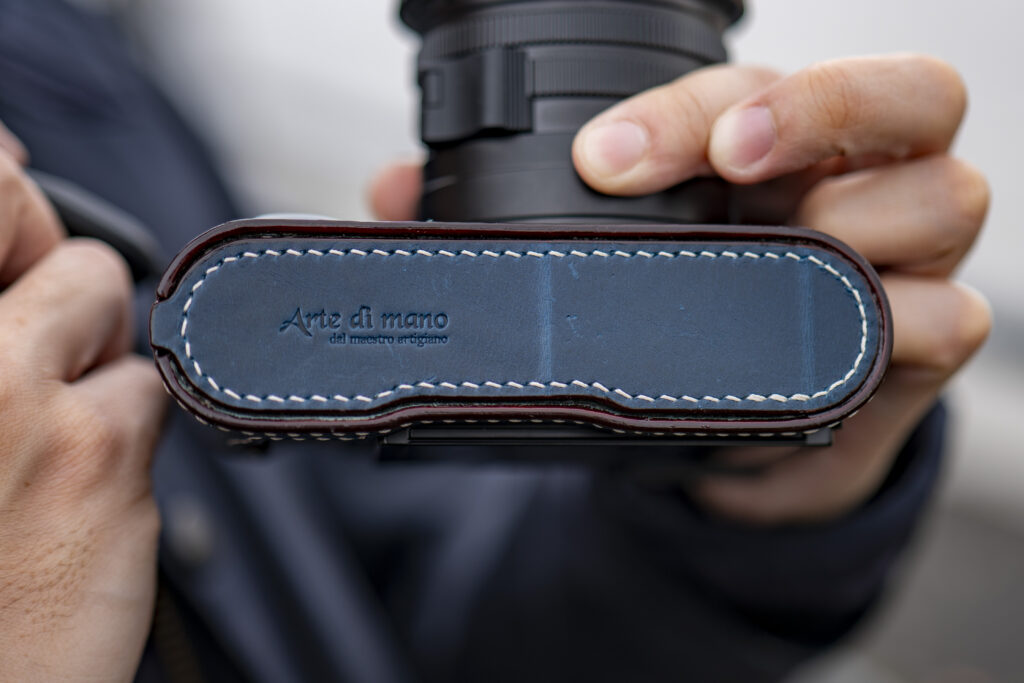
By cancelling the tripod fixing, the case uses a screw to secure it to the camera’s tripod thread. The alternative is to specify the case with press-stud “ears” at the top to ensure it doesn’t slip down. I’m not a fan of this arrangement, although it is a more traditional design which will appeal to some Leica owners. I much prefer the case secured from the base, without having to worry about the press-stud fixing.
Buttery Buttero
Opening the box here in London was a delight, and something of a surprise, as always. The buttery-sounding Buttero leather is beautiful, as I fully expected, and the navy blue is just the shade for me. Your mileage may differ. These things are so personal that you pore over that on-line brochure and make up your mind. But whatever colour, fit or finish you choose, the craftspeople in Seoul will do you proud.
First, though, there is the delight of opening the box, inspecting the little warranty business card and extracting your case from the hessian sack.
There were two surprises in store for me when the case emerged from its wrapping. The plush interior was in the green colour that I’ve had in previous cases. It looks just right, although you might prefer a complementary blue colour. However, the colour of the interior is no big deal because you are aware of it only when opening the battery/SD-card flap.
Second, the team in Korea had decided on contrasting white stitching. I could have gone for blue, I suppose, but the contrast adds extra character to the case and was a wise decision. Left to myself, I might have been more reserved, opting for black or blue stitching, but there is no mistake that it looks great in white.
Get a grip
All Q3 cases come with a small raised finger grip which improves the handling of the camera. Although not as effective device such as Leica’s Hand Grip or the Really Right Stuff grip, the little leather hump is very comfortable and does the trick. There is a larger grip option, also built into the leather case. The Aventino grip adds $100 to your bill.
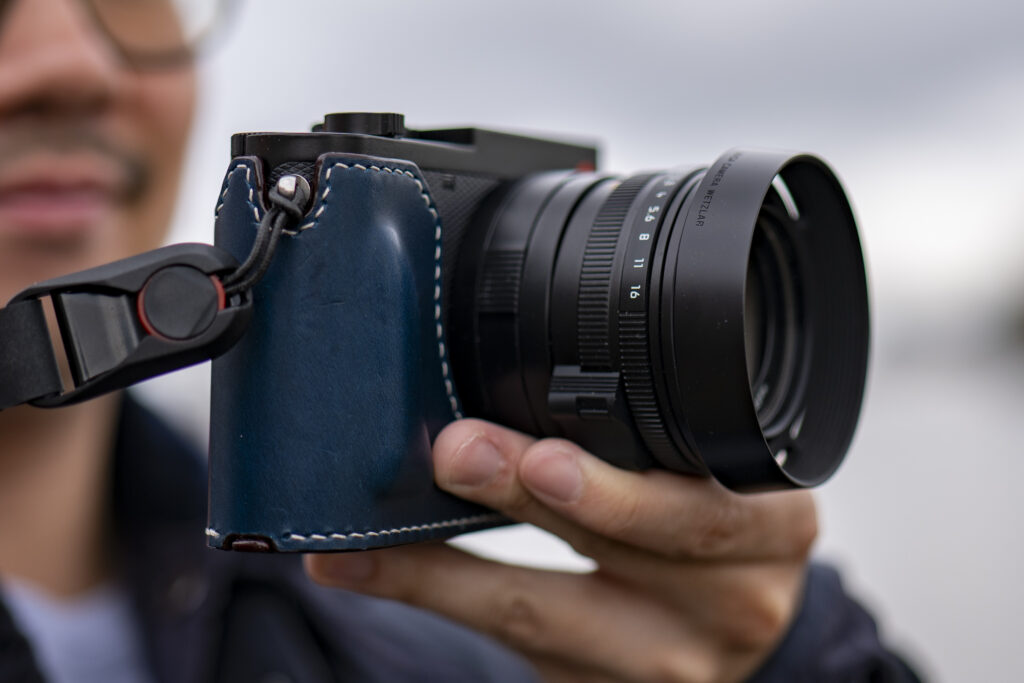
The finish of the case, in particular the sculpting round the screen and rear controls, is painstakingly accurate. This is no small feat when cutting and shaping leather, and the regularity is a wonder.
Alignment with the rear screen is a cause of potential disappointment because even the slightest misaligned is magnified and is so obvious when you look at the camera. And contrasting white stitching, as on the review copy, only makes matters worse if anything is out of kilter. However, the back of the case is totally faultless and a joy to behold and is well up to the usual standards.
The screen indent
The indentation in the leather at the bottom of the case is a surprise, but eminently sensible. With other cases, the leather makes it difficult to grip the bottom of the screen when attempting to pull it towards you. The indent is an example of the attention to detail. Sejun and his team actually use the cases and sort out the problems before the design is signed off.
It’s probably happenstance, but the case edge adjacent to the four-way pad has one important beneficial effect. The raised lip helps prevent the right thumb inadvertently nudging the four-way pad and potentially changing the settings (in particular the focus point if you have it set to the centre of the frame).
The leather frame closely follows the contours of the four-way pad and the control buttons. A cutaway on the left gives clear access to the docket compartment for charging and data transfer. The plastic flap is just as easy to open as when using the camera naked.
The edges of the leather are “cauterised” with a resin sealant in just another example of attention to detail. This looks great and avoids all rough edges.
A case to treasure
Generally, I avoid absolutes when describing products. Use “perfect”, for instance, at your peril. But the Arte di Mano half case for the Leica Q3 comes pretty close.
I have owned and reviewed many camera cases over the years, but I believe Arte di Mano produces the best half cases for Leicas. At the outset, I said that these cases they aren’t cheap. But the workmanship and quality of materials is outstanding. The cases are made to order, and you have full control over the details.
The Q3 Case (Type 1-SD, see below) in navy blue Buttero leather, with the tripod-screen fixing and fully opening bottom for access to the battery and card slot, costs $529 (about £418, €490 at the time of publication). Worldwide shipping is $45. These prices are net, excluding any local taxes or duties, which are your responsibility at the point of delivery. With Arte di Mano, however, you can order with confidence, and you are very unlikely to be disappointed. This is a case you will treasure, and it will be fixed to your Q3 until the day you sell it.
Leica Q3 case: Three major options

More on Leica Q cases and grips
Arte di Mano cases for Leica cameras, colours, and leather options
Review of Leica accessories for the Q3, including the Leica hand grip
Arte di Mano half case for Leica M11
Oberwerth Q3 half case with Apple AirTag compartment
The making of the Arte di Mano half case for the Leica Q2
Want to contribute an article to Macfilos? It’s easy. Just click the “Write for Us” button. We’ll help with the writing and guide you through the process.

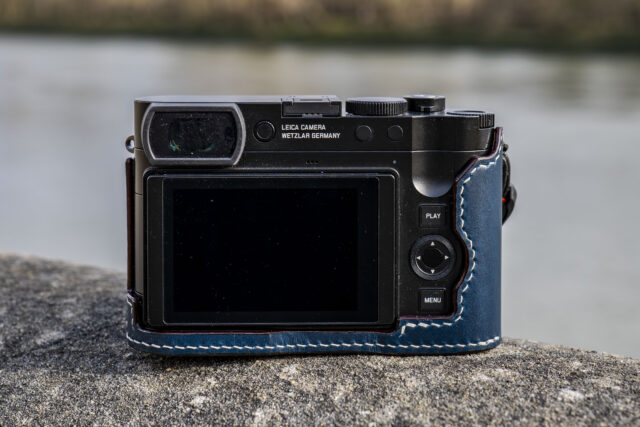
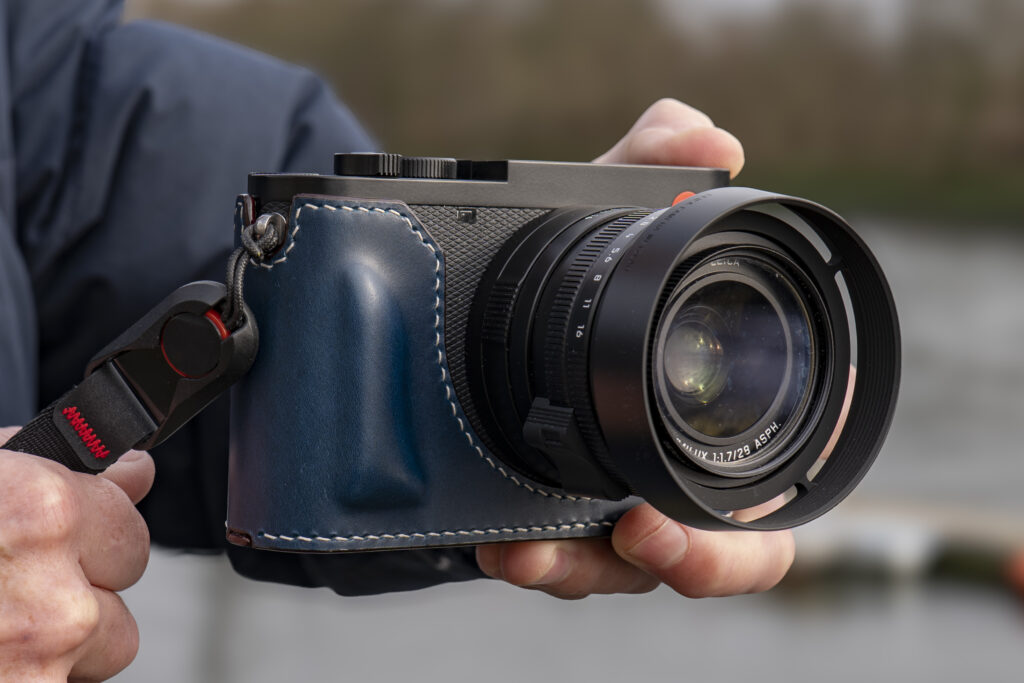
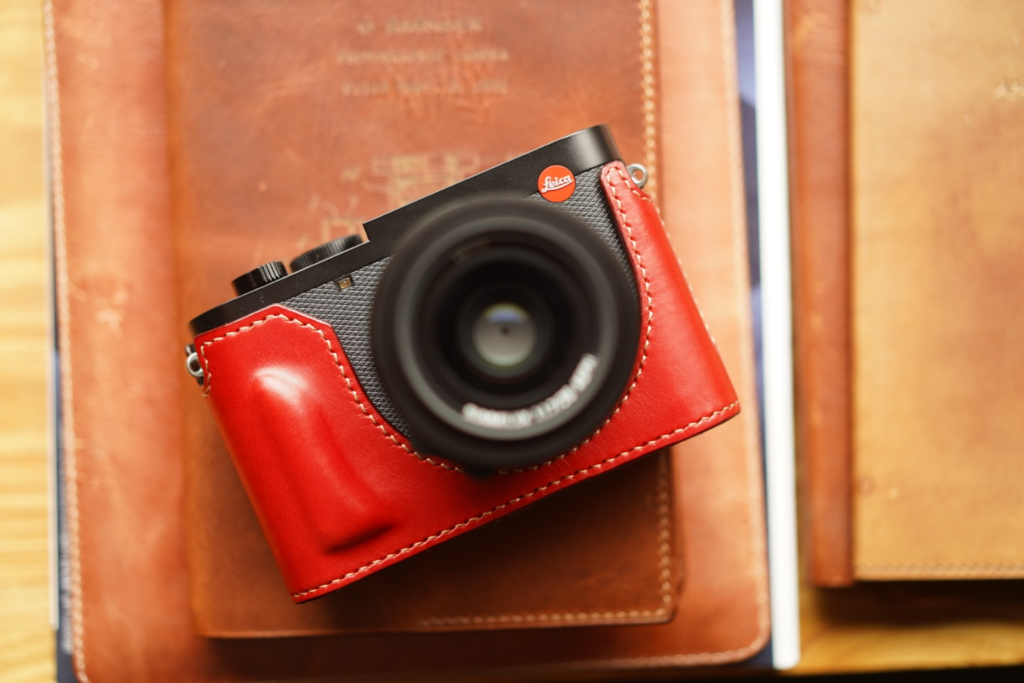



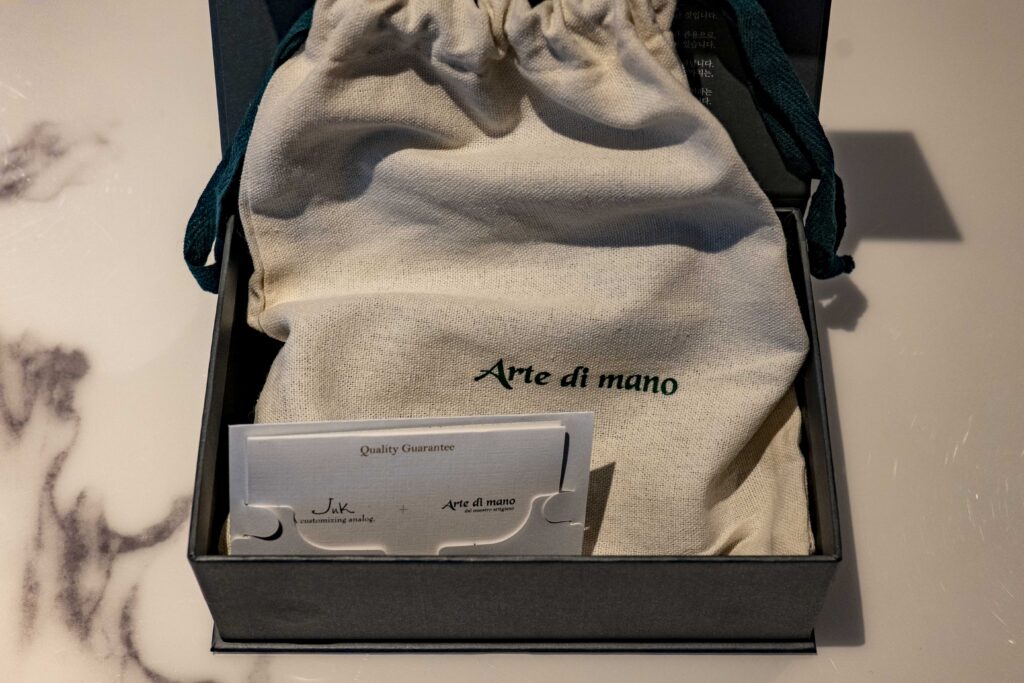
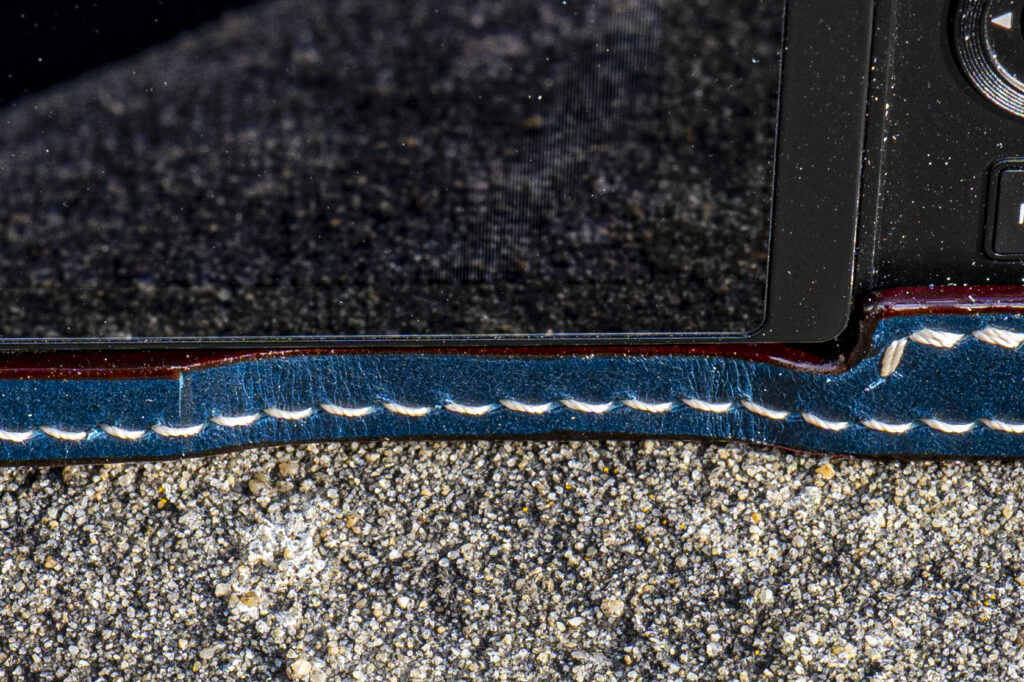
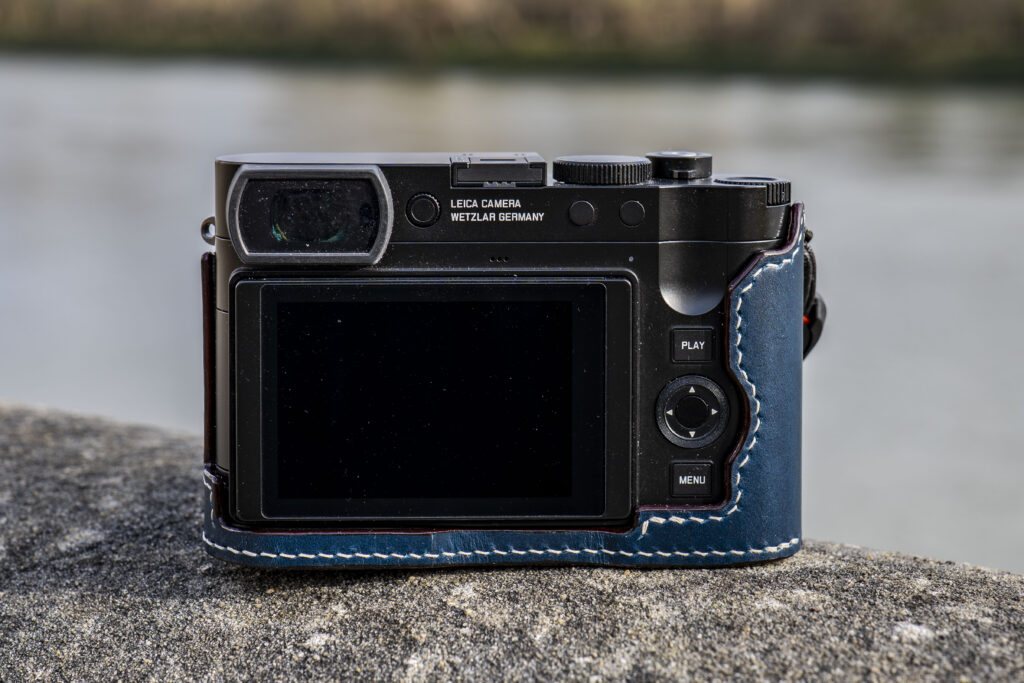
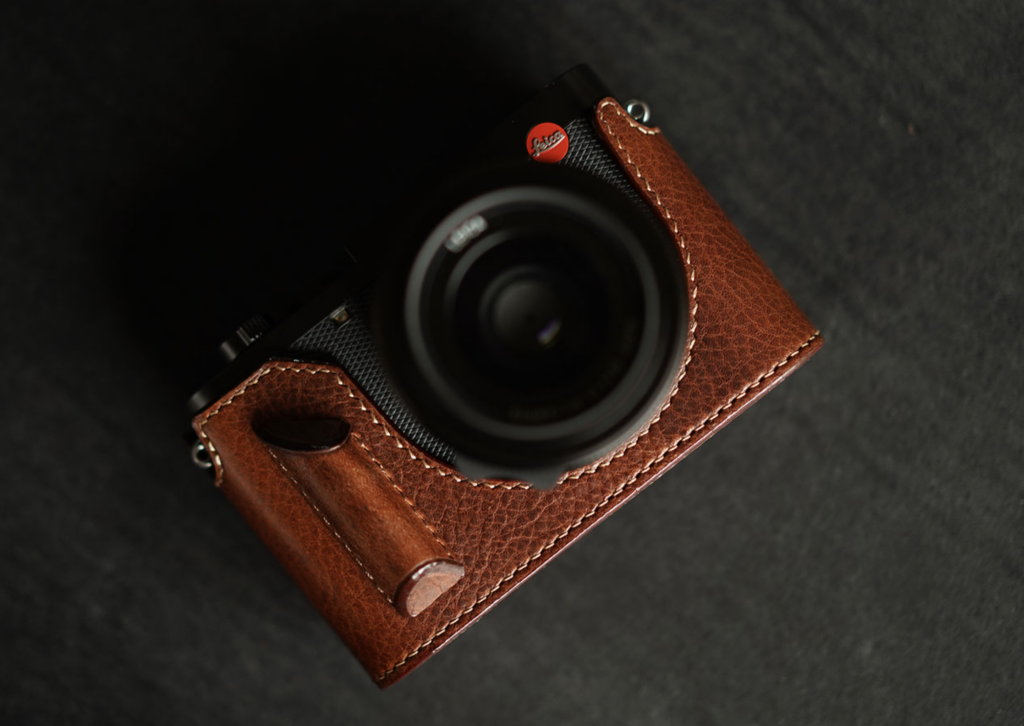




In case it is of interest: “Arte di mano” is the literal translation into Italian of “handcraft”. However, it is not the term Italians would use (never heard it in my entire life). Artigianato or arti manuali would be more common.
Thanks, Stefano. They use a lower-case “m”, but we have tended to use upper case to follow rules for company names. However, I am unsure whether it is better to follow their lead. After all, Apple plays with this in Mac mini or, even, iPhone and we all follow like sheep. Similarly, some companies (such as Panasonic LUMIX and SIGMA) try to insist on capitals, but mostly journalists ignore the suggestion.
Weird, I commented on this hours ago and do not see it.
I have owned a number of cases and this company is superb! It is worthy of a Leica.
Thanks Brian. I checked the pending and spam folders and nothing from you. It must have failed to post.